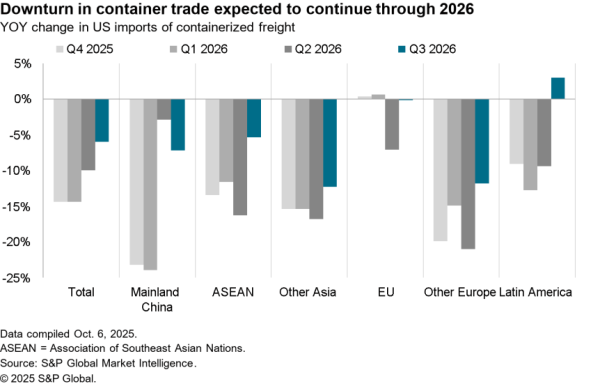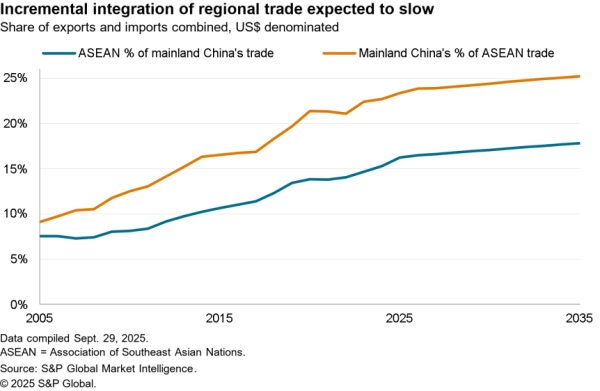The deadline for comments regarding the U.S. government planned 25% duties on $200 billion of Chinese exports are due by September 6 according to USTR filings. That follows six days of hearings into the list of potential products and could result in tariffs being imposed by Presidential fiat at any stage from September 7 onwards.
Given talks between China and the U.S. to avert additional duties, including on $60 billion of American imports in retaliation, made little progress – as outlined in Panjiva research of August 27 – it’s unlikely that the Trump administration would delay the imposition of duties.
While the initial $50 billion of targets were focused on industrial products, many of which were part of the “Made in China 2025” development policy, Panjiva analysis shows much of the newer list is focused on consumer-focused products including furniture ($29.7 billion of imports in the 12 months to May 31) as well as high technology (IT network gear worth $23.4 billion and PC parts worth $13.6 billion), capital goods (transportation equipment parts worth $12.4 billion) and industrial supplies (chemicals valued at $9.6 billion and plastics worth $10.6 billion).

Source: Panjiva
However, as was the case with the initial list of $50 billion of products targeted under the section 301 review, there may be an adjustment to the list of products that will receive duties initially. Areas of exemption the initial round were driven by the exposure of a product to China – i.e. where American companies may struggle to find alternatives – or where the centrality to China’s manufacturing base was in doubt. Another overlay in this instance may be to avoid products where there is a high risk of price increases for American consumers.
That will likely be considered on a line-by-line basis rather than at the category level, though it is worth noting that in the case of PC components and furniture over 50% of total U.S. imports come from China (70.1% for PC components including some parts as high as 81.8% and 57.4% for furniture rising to 83.4% for electric lamps).

Source: Panjiva
One factor that will likely limit the proportion of exemptions given, however, is the challenge of replacements. It is unlikely that the administration would want to back away from the $200 billion figure as a headline. However, replacements would have to come from a list of products that increasingly touch consumer products.
The largest “untouched” product lines so far are laptop PCs ($38.0 billion) and mobile phones ($45.9 billion) while other categories may be politically unappealing (toy imports were worth $12.0 billion) or have an outsized effect on lower income consumers (apparel and footwear worth $40.9 billion among the top 300 items).
One option may be to reduce the impact on consumers by using a lower rate of duties. That would chime with China’s decision to ready a list of $60 billion of products to be targeted with duties ranging between 5% and 25% that will be implemented as a response to America’s $200 billion list.

Source: Panjiva




